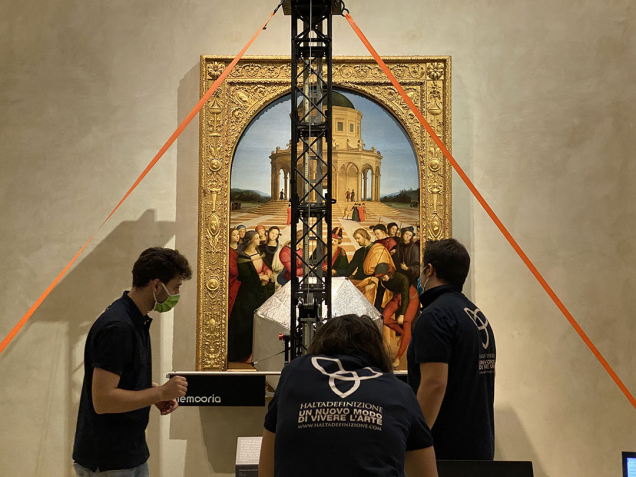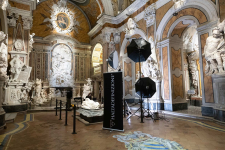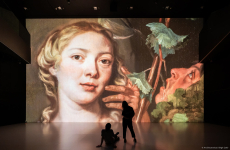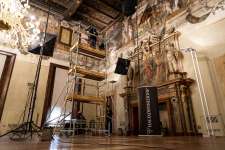Haltadefinizione has performed 3D scanning on The Marriage of The Virgin by Raphael, another step in this year’s celebrations of five hundred years since the artist’s death. Ultra-high definition “Gigapixel” digital scanning was already done on the painting, as part of an earlier effort to digitize a selection of works held in Milan’s Pinacoteca di Brera.
The panel is one of Raphael’s first works and depicts the same subject as painted by Perugino. The scan was done with the Robin scanner, a robotic digital imaging system for monitoring the status of paintings, built to scan all the dimensions of a work (which we have developed with our partner Memooria).
With 3D scanning we can accurately reproduce details of the shape of the surface of a painting in a three-dimensional model. This shows us the shape of the work, down to brush strokes and tiny cracks in the paint, with very fine precision. This also reveals changes at both the macroscopic and microscopic level, such as fading colors and physical or mechanical flaws due to age, restoration, moving and handling.
Ultra-high resolution scanning is a non-invasive process that yields faithful reproduction of colors, tone, details, shapes, contours and light on the painting’s surface. Today, these new technologies are important tools for monitoring the conservation status of works of art. Future scans can be compared to the ones being done now, and three-dimensional models can provide valuable information to researchers and conservators.
Digital ultra-high definition images and models captured in the future can be compared to the ones being done today, to identify signs of deterioration. With the ability to view the three-dimensional surface of the virtual model, it is possible to reproduce faithful physical replicas that have all the surface characteristics of the original. These reproductions have a very real look and feel. They can take the place of the originals in exhibitions and they can also take the place of missing originals.



